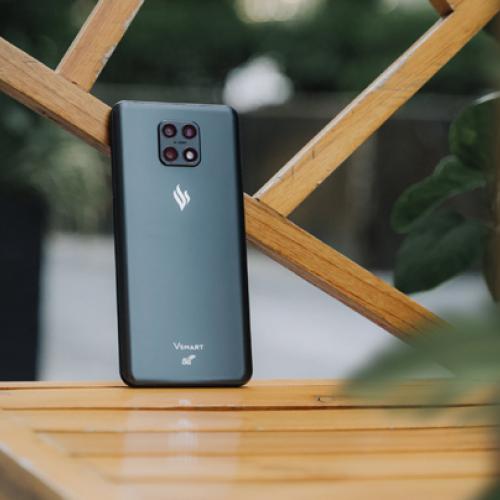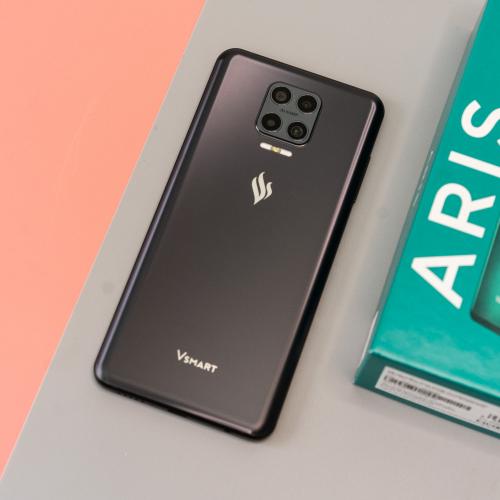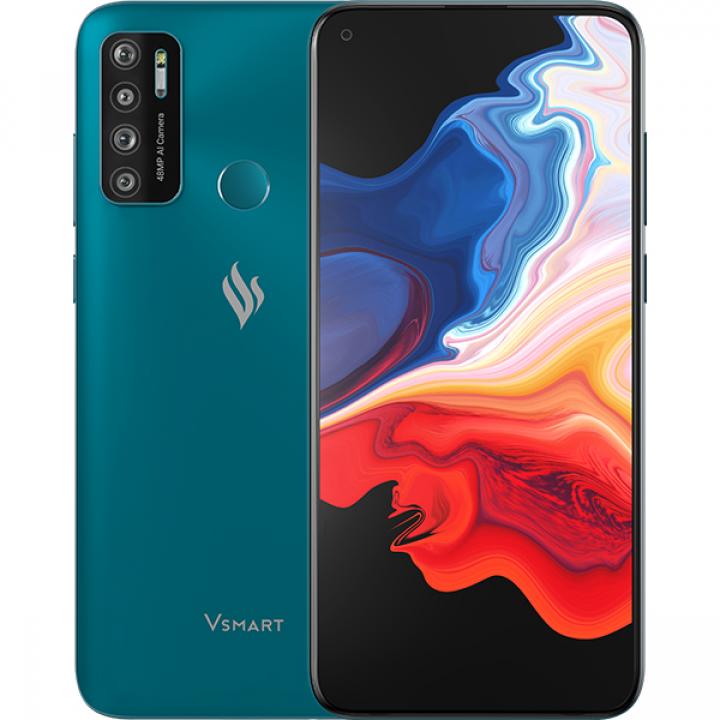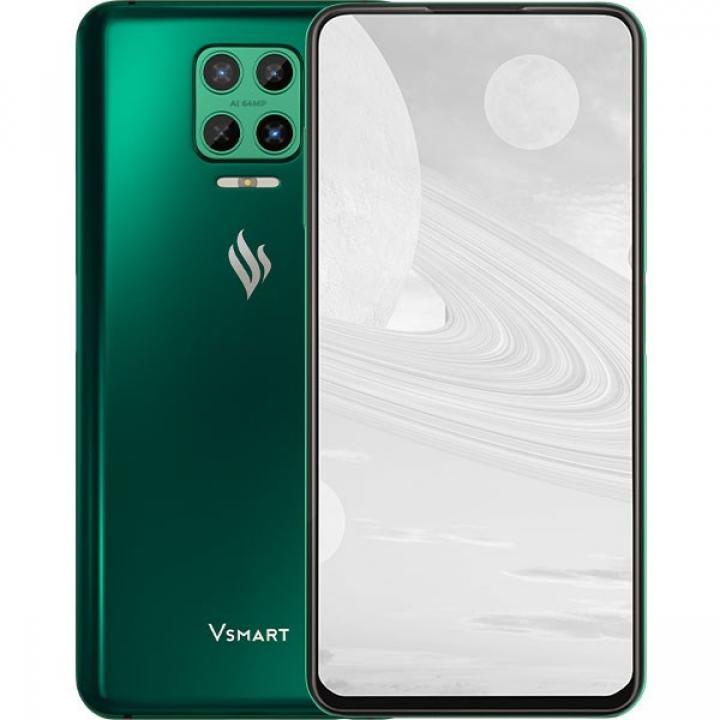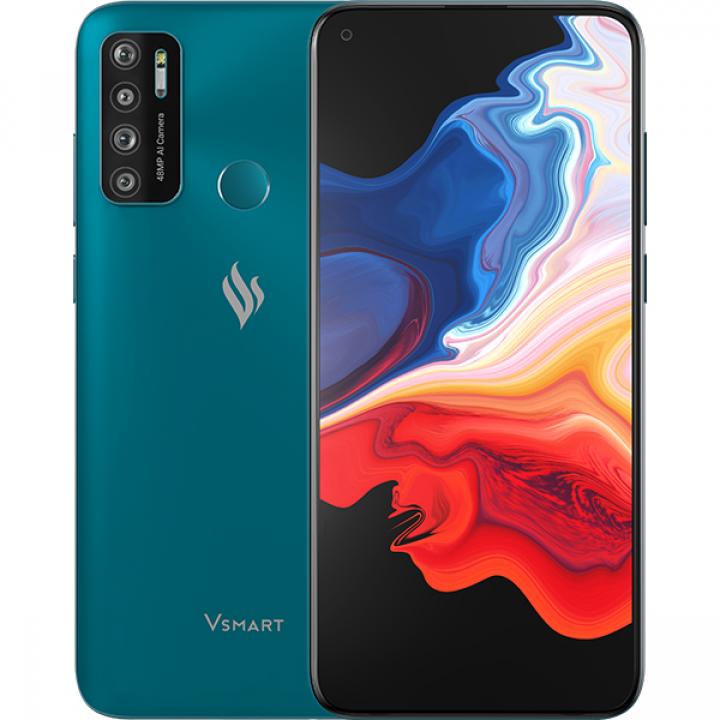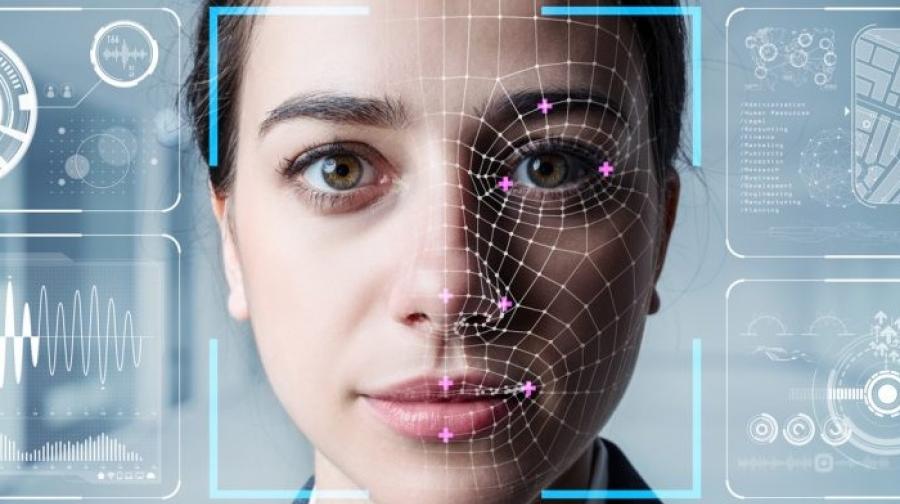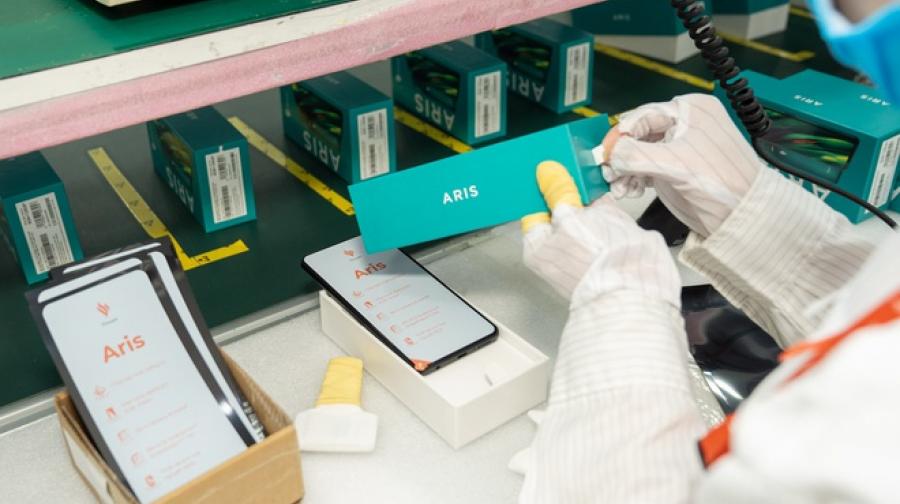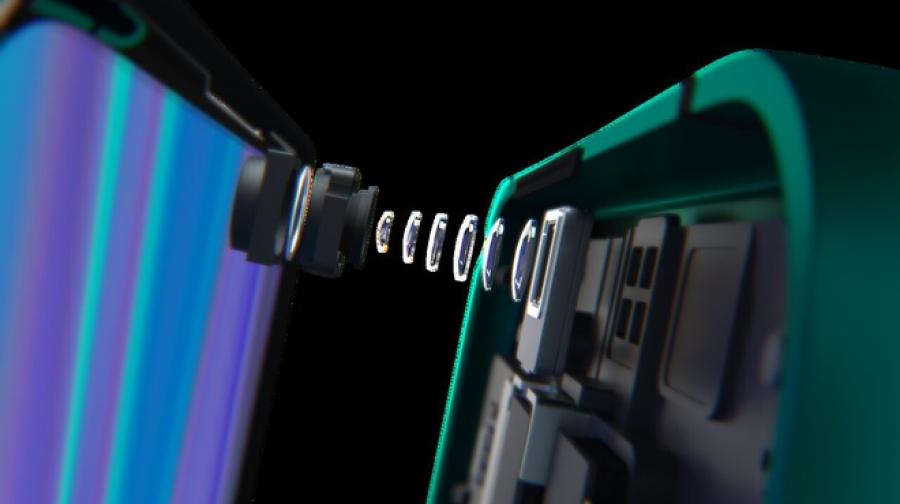How the Internet of Things and predictive analytics are keeping your drinking water safe
What can retail sales data tell you about the water quality in your city? A lot. Especially if that data shows an aberrant surge in sales of Pepto Bismol or Imodium in a particular zip code.
In the age of unlimited cloud-based computing power, disparate data points from seemingly random sources can be cross-referenced and analyzed to unlock connections that can signal critical insights for public utilities and public health officials.
But before that promise can be realized, a diverse group of stakeholders – from government officials to public and private utilities to technology companies to hospitals to retailers – need to work together to break down information silos to protect the greater good.
The Pepto meter
Take the Pepto Bismol and Imodium sales data for example. The New York City Department of Environmental Protection is currently tracking over-the-counter drug sales as part of its drinking water Surveillance and Response System.
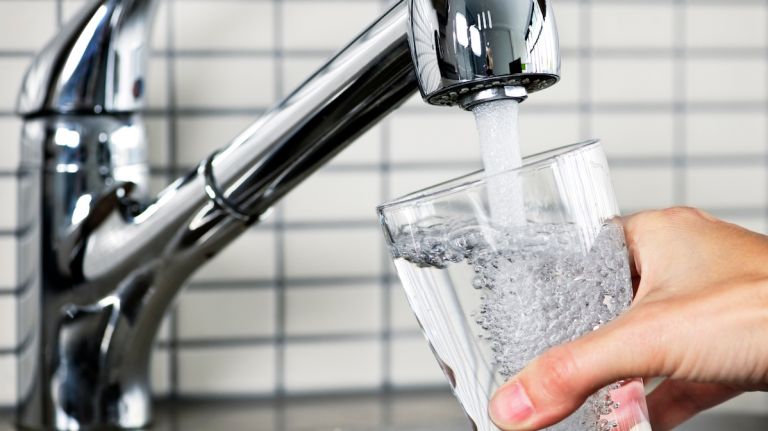
At first that may seem like a gimmicky metric to track for a water utility. That is, unless you remember the cryptosporidium outbreak that gripped Milwaukee in 1993, causing over 400,000 illnesses, 4,000 hospitalizations and 104 deaths. The outbreak was caused by a parasite in the water supply, but it wasn’t until epidemiologists started investigating reports from local pharmacies that were selling out of their supplies of anti-diarrheal medication that public health officials could really zero in on the source of the problem.
Now, that data point is one among thousands of others, which include things like sensor readings in the physical water supply, geotagged complaint calls to the city’s NYC 311 public information hotline and public water usage trends which, taken together, can provide a critical safety net for water quality.
IoT sensors create early intervention opportunities
The same big data revolution that’s made it possible to quickly extract meaningful insights from a hodgepodge of over-the-counter drug sales data and customer complaint calls has also created new early detection capabilities for water authorities.
Among the key tools being used in that quest are internet-connected sensors and hyperspectral remote sensing, which allow water authorities to constantly monitor reservoir quality, both from in-situ water quality sensors and digital images from above. This technology is gaining rapid adoption throughout the southeastern U.S., where higher temperatures have provoked algae growth that has made the water supply more challenging to treat.
By constantly monitoring these algae levels, water authorities have been able to introduce low-impact interventions, such as infusion of air bubbling systems that mix the raw or untreated water and break down algae growth, cutting downstream treatment costs. And monitoring these levels in real-time at multiple depths allows authorities to fine tune these interventions, using them only when needed.
Digital twins and what-if scenarios
Perhaps the most interesting of all of the water treatment technologies currently drawing on innovations in cloud-based data analysis and internet of things (IoT) technology is the development of digital twins. As the name suggests, these are digital replicas of the physical treatment apparatus in a water treatment facility.
Instead of treating water, however, the digital twins are constantly absorbing data from their physical counterparts and making projections about ways to optimize treatment and avert future equipment malfunctions or failures before they happen.
One of the most impressive of these digital twin systems is currently at work in Singapore, where water authorities have built a digital twin of an entire treatment plant that can be used to assess the impact of different scenarios, monitor anomalies and alert operations staff to areas in need of attention.
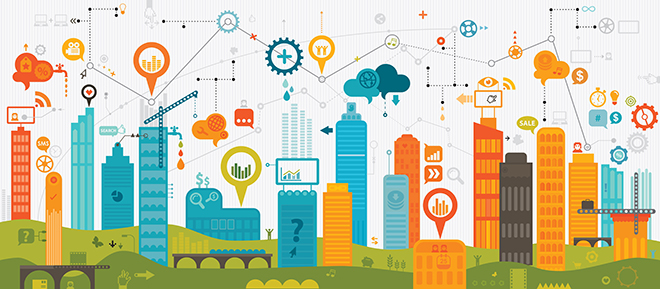
Putting all the pieces together
This golden age of data analysis has created enormous opportunities for water authorities and government regulators to take a more proactive approach to managing water quality and averting crises. However, just like every other industry going through large scale digital transformation, the process of getting all the pieces to work together – and getting the various stakeholders to collaborate – can be challenging.
Both from a technical and political standpoint, several different disciplines need to come together before a local water utility can start collecting Pepto Bismol sales data, spectral imaging data from airborne sensors and predictive analytics from a digital twin and then take action on that data. Fortunately, the play book for best practices and overcoming common hurdles is rapidly being written by innovative early adopters who’ve already plunged into this process.
Source: https://www.forbes.com/sites/heatherwishartsmith/2020/11/24/how-the-internet-of-things-and-predictive-analytics-are-keeping-your-drinking-water-safe/?sh=20a2c5e03673


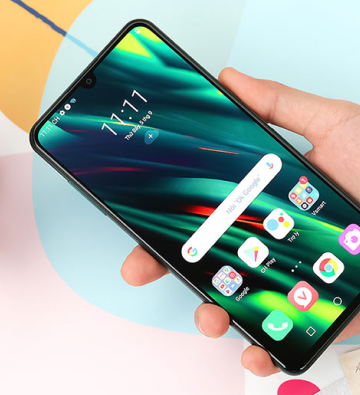
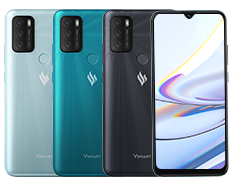









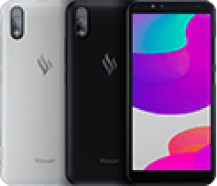








 07.01.2021
07.01.2021
 v.nammh
v.nammh

